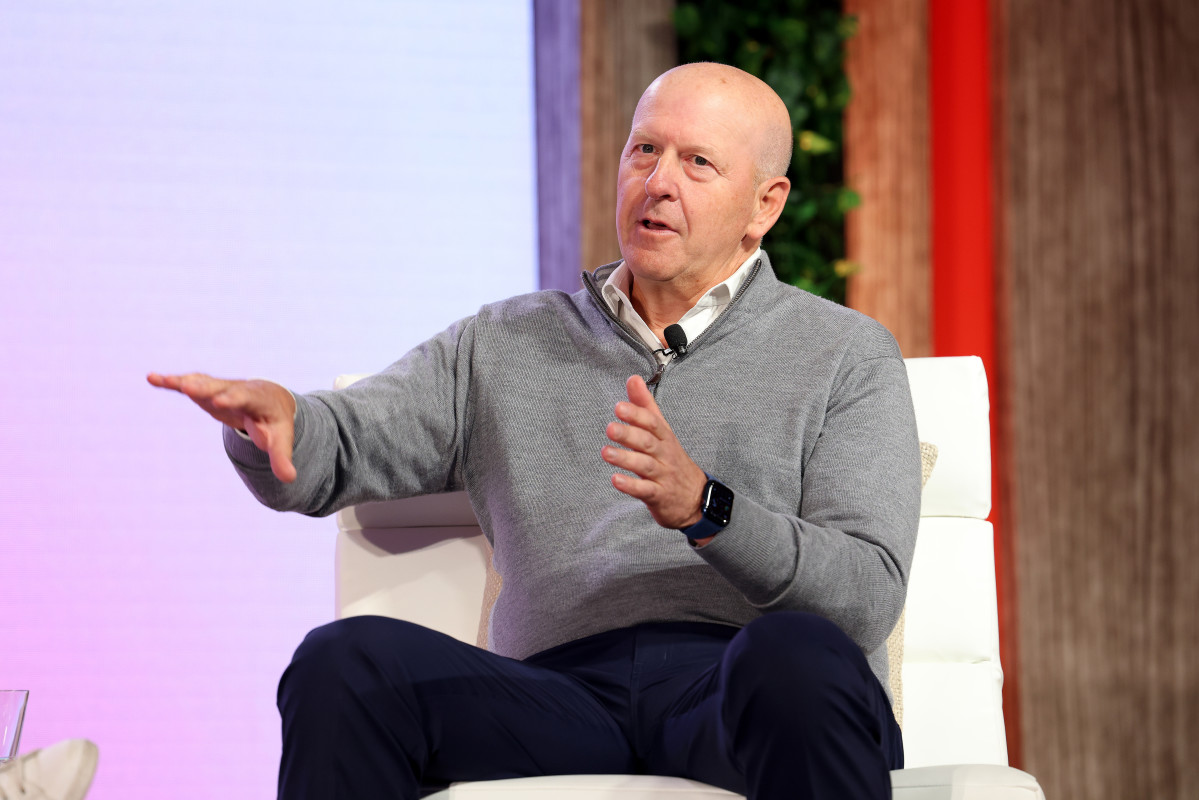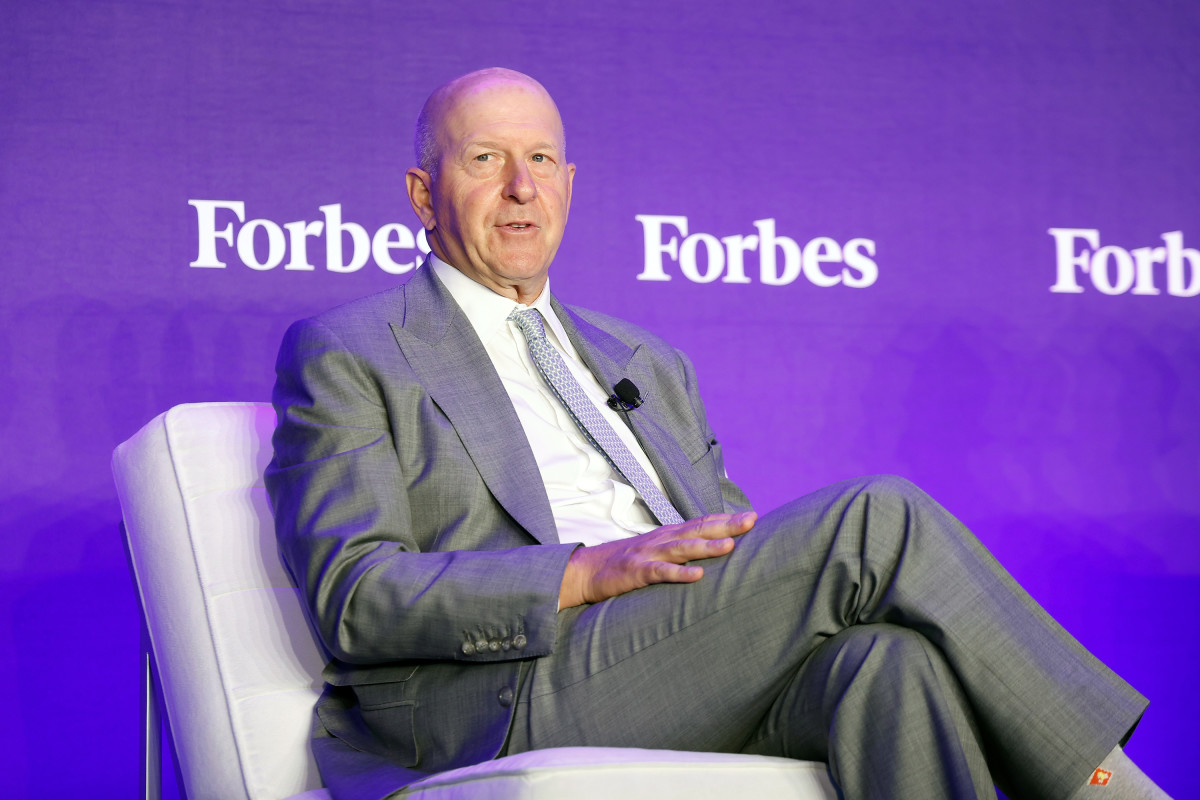
A strong economy and higher inflation numbers so far this year have surprised investors, leading them to push back expectations for Federal Reserve interest rate cuts.
Interest-rate futures positions indicate the Fed won’t act until July or September, according to the CME FedWatch tool.
And where futures prices in January pointed to six rate hikes this year, they now point to two or fewer.
High rates have mixed implications for you. On the pros side of the ledger, they mean more interest income from your savings accounts and money-market funds. On the cons side, they mean higher payments for your loans—mortgage, auto, credit card, student, and general loans.

The economy is percolating
The economy grew a stellar 3.4% annualized in the fourth quarter, and the Atlanta Fed’s forecast tool calls for 2.9% in the first quarter, still a solid number.
One sign of economic strength now: buoyant shopping by consumers.
Retail sales gained 0.8% in March. That’s important because consumer spending accounts for about two-thirds of GDP (economic output).
Of course, a strong economy is important in helping you keep your job or find a new one.
On the inflation front, the personal consumption expenditures (PCE) price index, the inflation measure favored by the Fed when setting interest rate policy, gained 2.5% in the 12 months through February. That tops the Fed’s target of 2%.
Related: No landing, no Fed rate cuts: the markets' new bet on 2024
The more popular inflation measure, the consumer price index (CPI), is even higher, climbing 3.5% in the 12 months through March.
Higher inflation means you pay higher prices, but it can also mean a bigger paycheck at work.
Goldman Sachs updates outlook on economy, inflation
Analysts from banking powerhouse Goldman Sachs wrote in a commentary that the economy "should be able to weather a later-than-expected start” to Fed rate cuts.
They cited strong personal consumption and a thriving labor market. In March, payrolls soared to 303,000, and unemployment eased to 3.8%. In addition, industrial production rose 0.4% in March.
Related: Veteran fund manager delivers blunt warning on stocks
As a result, Goldman economists just increased their estimate of economic growth to 3.1% in the first quarter from 2.5% previously. That compares to a Wall Street consensus of 2.5%, they said.
Turning to inflation, Goldman predicts the PCE index, excluding food and energy prices, will hit a lofty 4% annualized for the first quarter. That would be the highest three-month increase in a year.
Goldman Sachs adjusts its Fed rate outlook in 2024
So, what does all this mean for interest rates?
More Economic Analysis:
- Watch out for 8% mortgage rates
- Hot inflation report batters stocks; here's what happens next
- Inflation report will disappoint markets (and the Fed)
In light of the higher-than-expected March CPI reading, “we have pushed back our call for quarterly Fed rate cuts to begin in July, with risks tilted to the later side,” the analysts said. They previously forecast a June start for rate cuts.
To be sure, Goldman doesn’t see inflation continuing its rise. “We still feel comfortable with the disinflation narrative because of special factors in the recent inflation numbers, well-anchored inflation expectations, and continued labor market rebalancing,” they said.
So things might look different a year from now.
Related: Veteran fund manager picks favorite stocks for 2024







